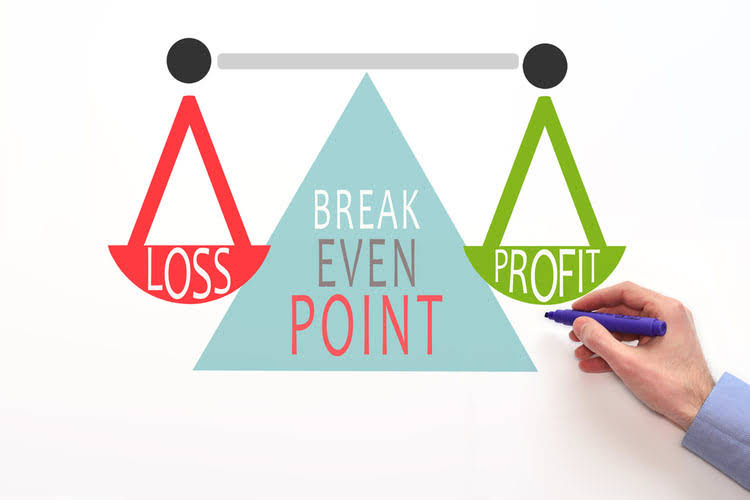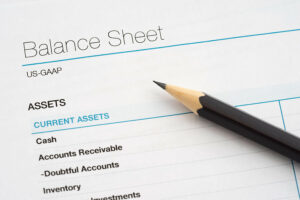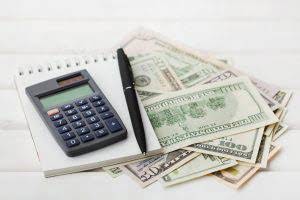
Businesses use accelerated methods when having assets that are more productive in their early years such as vehicles or other assets that lose their value quickly. The double declining balance sheet balance method of depreciation, also known as the 200% declining balance method of depreciation, is a form of accelerated depreciation. This means that compared to the straight-line method, the depreciation expense will be faster in the early years of the asset’s life but slower in the later years. However, the total amount of depreciation expense during the life of the assets will be the same. Like the double declining balance method, the sum-of-the-years’ digits method is another accelerated depreciation method.

Ready to Experience the Future of Finance?
For instance, if a machine costs $10,000, has a five-year useful life, and no salvage double declining balance value, the double declining rate of 40% results in a $4,000 depreciation expense in the first year. In the second year, the same rate is applied to the reduced book value, yielding a $2,400 depreciation expense. This process continues annually, with depreciation decreasing as the book value declines. One of the reasons DDB is considered an accelerated depreciation method is its focus on aligning expenses with the asset’s performance and value. This means businesses can reflect actual wear and tear in their financial statements, helping them plan expenses and taxes more effectively. In summary, the Double Declining Balance depreciation method is a useful way to account for the value loss of an asset over time.
- This method is best suited for assets that lose a big portion of their value at the beginning of their useful life, cars or any items that become obsolete quickly are good examples.
- Our mission is to equip business owners with the knowledge and confidence to make informed decisions.
- This means businesses can reflect actual wear and tear in their financial statements, helping them plan expenses and taxes more effectively.
- In subsequent years, apply the same rate to the asset’s remaining book value, which decreases each year as depreciation is accounted for.
Double-Declining Balance Depreciation Method
It’s a method that can provide significant benefits, especially for assets that depreciate quickly. Interior Design Bookkeeping To calculate the depreciation expense for the first year, we need to apply the rate of depreciation (50%) to the cost of the asset ($2000) and multiply the answer with the time factor (3/12). Here’s the depreciation schedule for calculating the double-declining depreciation expense and the asset’s net book value for each accounting period. In case of any confusion, you can refer to the step by step explanation of the process below. The DDB method contrasts sharply with the straight-line method, where the depreciation expense is evenly spread over the asset’s useful life. The choice between these methods depends on the nature of the asset and the company’s financial strategies.
What assets are DDB best used for?
We empower accounting teams to work more efficiently, accurately, and collaboratively, enabling them to add greater value to their organizations’ accounting processes. Our Financial Close Software is designed to create detailed month-end close plans with specific close tasks that can be assigned to various accounting professionals, reducing the month-end close time by 30%. The workspace is connected and allows users to assign and track tasks for each close task category for input, review, and approval with the stakeholders. It allows users to extract and ingest data automatically, and use formulas on the data to process and transform it. In summary, the Double Declining Balance method is ideal for assets that lose value quickly and for businesses looking to manage their tax liabilities effectively. In this lesson, I explain what this method is, how you can calculate the rate of double-declining depreciation, and the easiest way to calculate the depreciation expense.
Accounting made for beginners
And if it’s your first time filing with this method, you may want to talk to an accountant to make sure you don’t make any costly mistakes. By front-loading depreciation expenses, it offers the advantage of aligning with the actual wear and tear pattern of assets. This not only provides a more realistic representation of an asset’s condition but also yields tax benefits and helps companies manage risks effectively. Suppose a company purchases a piece of machinery for $10,000, and the estimated useful life of this machinery is 5 years. In this scenario, we can use the formula to calculate the depreciation expense for the first year. Even if the double declining method could be more appropriate for a company, i.e. its fixed assets drop off in value drastically over time, the straight-line depreciation method is far more prevalent in practice.


The DDB method offers several advantages, particularly for businesses with assets that depreciate quickly. By prioritizing higher depreciation in the early years, it aligns financial records with real-world asset usage and delivers multiple benefits. Accruing tax liabilities in accounting involves recognizing and recording taxes that a company owes but has not yet paid.
How do you calculate Double Declining Balance Depreciation?
The double declining balance depreciation method is a way to calculate how much an asset loses value over time. It’s called double declining because it uses a rate that is double the standard straight-line method. This method is often used for things like machinery or vehicles that lose value quickly at first. The DDB depreciation method offers businesses a strategic approach to accelerate depreciation. When it comes to taxes, this approach can help your business reduce its tax liability during the crucial early years of asset ownership.
